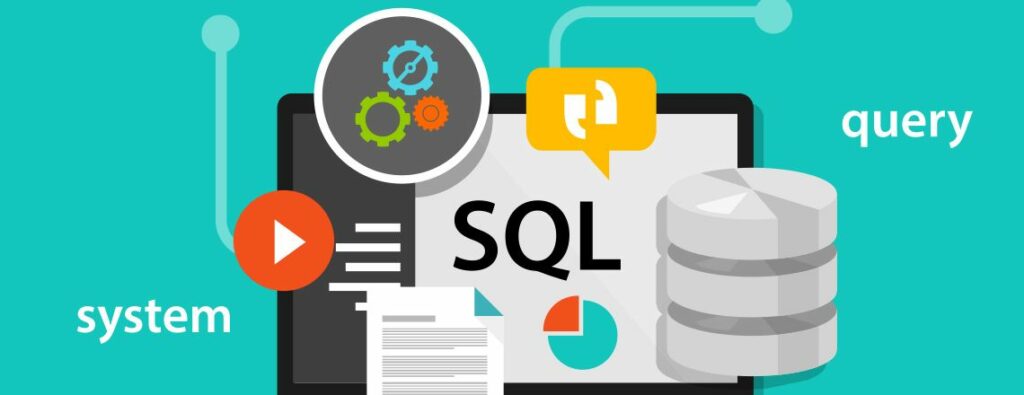
Free eBooks for Beginners
SQL is a programming language used to manage and manipulate data stored in relational databases. As a data analyst, you need to have a good understanding of SQL to be able to effectively manage and analyze data. One of the important concepts in SQL is the TRY/CATCH clause, which is used to handle errors and exceptions that may occur while executing SQL statements.
A TRY/CATCH clause is made up of two parts: a TRY block and a CATCH block. The TRY block contains the SQL statements that you want to execute, and the CATCH block contains the code that will be executed in case of an error. If an error occurs while executing the statements in the TRY block, control is transferred to the CATCH block, where the error can be handled and the execution can continue.
The TRY/CATCH clause allows you to handle errors in a more controlled and graceful manner, and also makes it easier to debug your SQL code. You can use the TRY/CATCH clause to catch specific types of errors, such as syntax errors or constraint violations, and take appropriate action, such as rolling back a transaction or logging the error.
For example, suppose you want to update a table in your database. If the update fails due to a constraint violation, you can use a TRY/CATCH clause to catch the error and display a message to the user, rather than allowing the application to crash. Here is an example of how you might use a TRY/CATCH clause to update a table in SQL:
BEGIN TRY
UPDATE table_name
SET column1 = value1,
column2 = value2
WHERE some_column = some_value;
END TRY
BEGIN CATCH
PRINT 'An error occurred while updating the table. Error: ' + ERROR_MESSAGE();
END CATCHIn this example, the TRY block contains the update statement, and the CATCH block contains a statement to print the error message if an error occurs while executing the update statement.
The TRY/CATCH clause is a useful tool for data analysts to handle errors in SQL and make the data management process smoother and more efficient. Understanding how to use the TRY/CATCH clause is an important part of becoming a proficient SQL programmer and data analyst.
SQL for Beginners and Data Analyst – Chapter 23: TRY/CATCH
 Loading...
Loading...
Disclaimer: The information and code presented within this recipe/tutorial is only for educational and coaching purposes for beginners and developers. Anyone can practice and apply the recipe/tutorial presented here, but the reader is taking full responsibility for his/her actions. The author (content curator) of this recipe (code / program) has made every effort to ensure the accuracy of the information was correct at time of publication. The author (content curator) does not assume and hereby disclaims any liability to any party for any loss, damage, or disruption caused by errors or omissions, whether such errors or omissions result from accident, negligence, or any other cause. The information presented here could also be found in public knowledge domains.